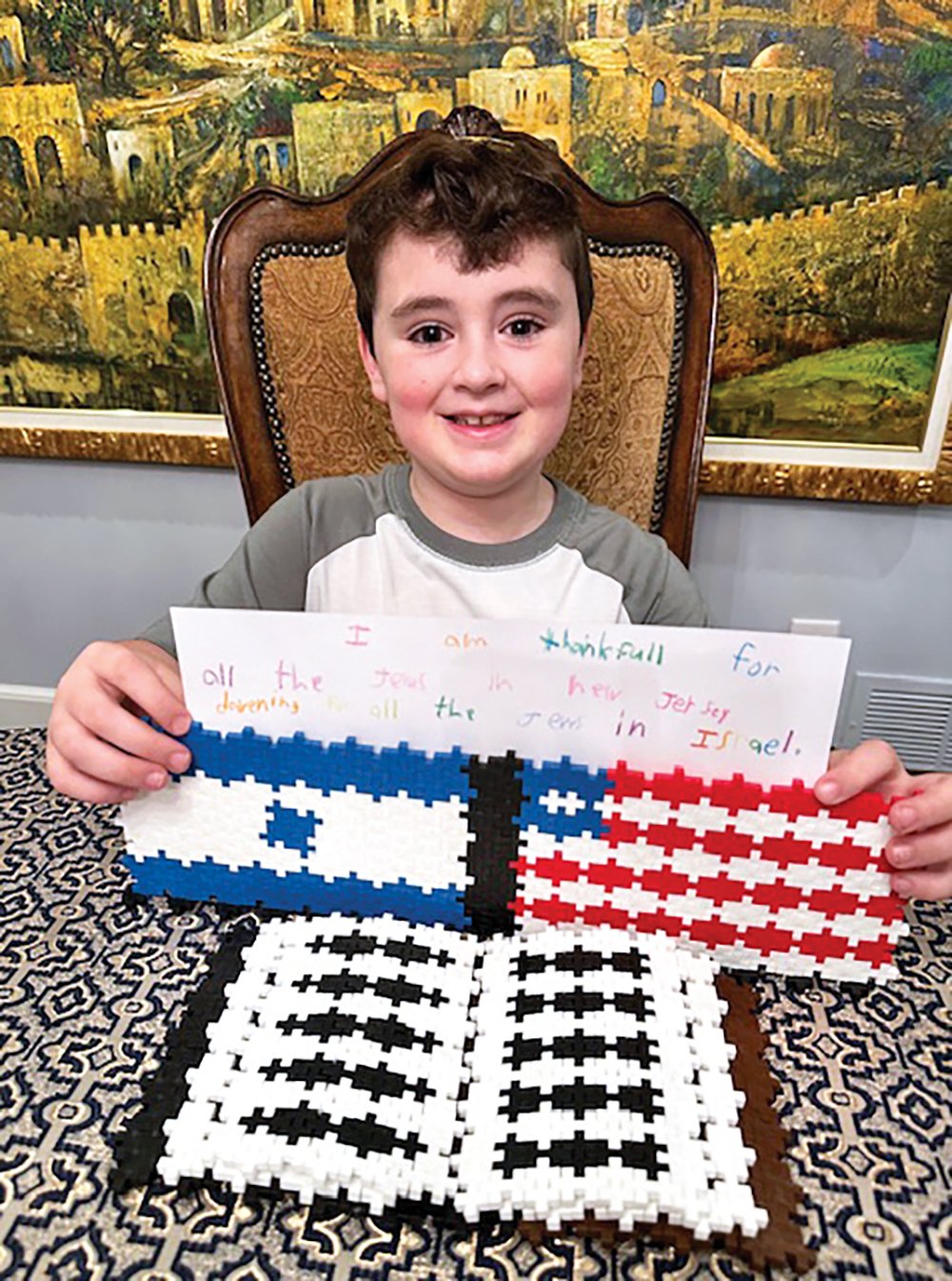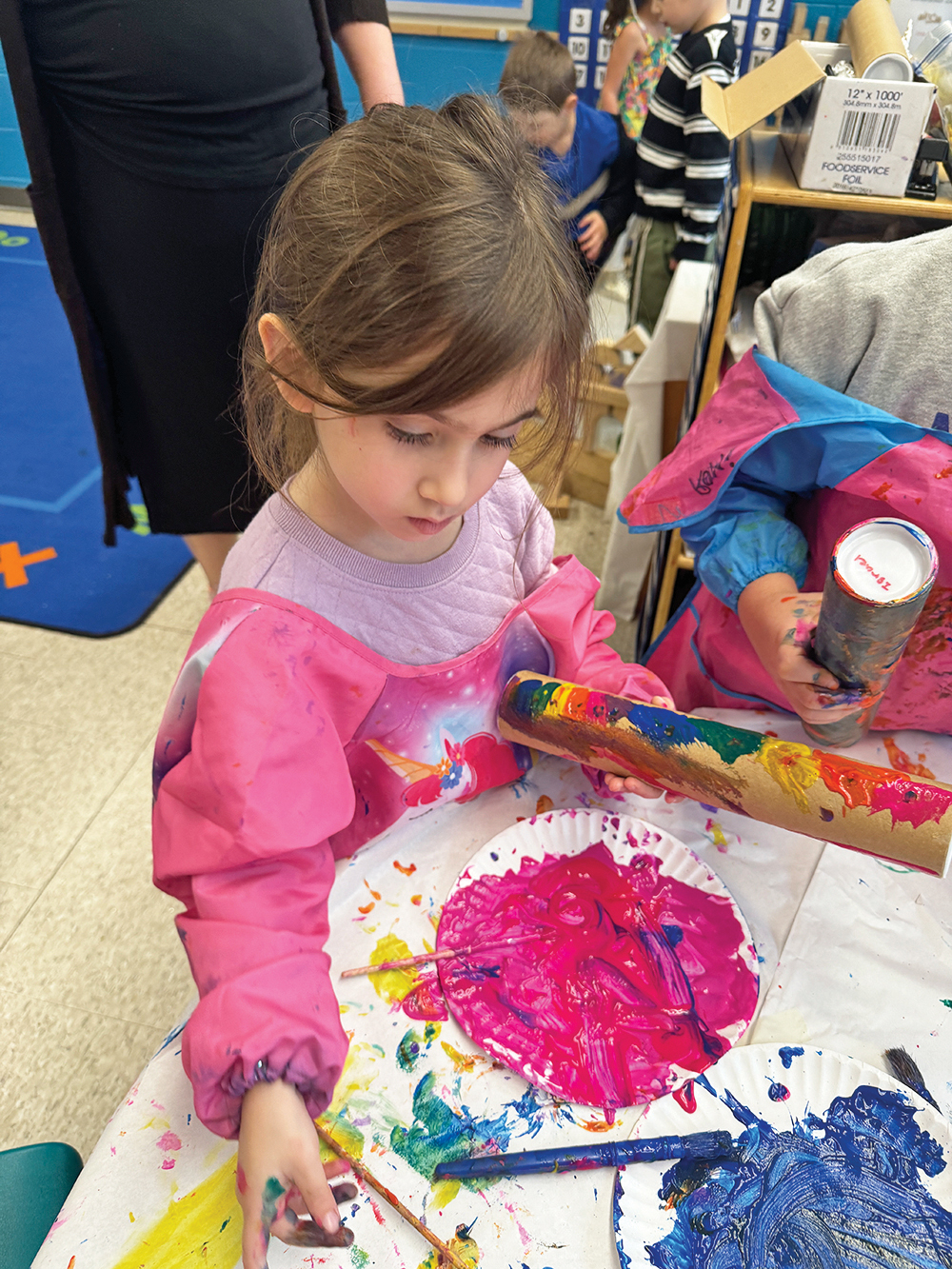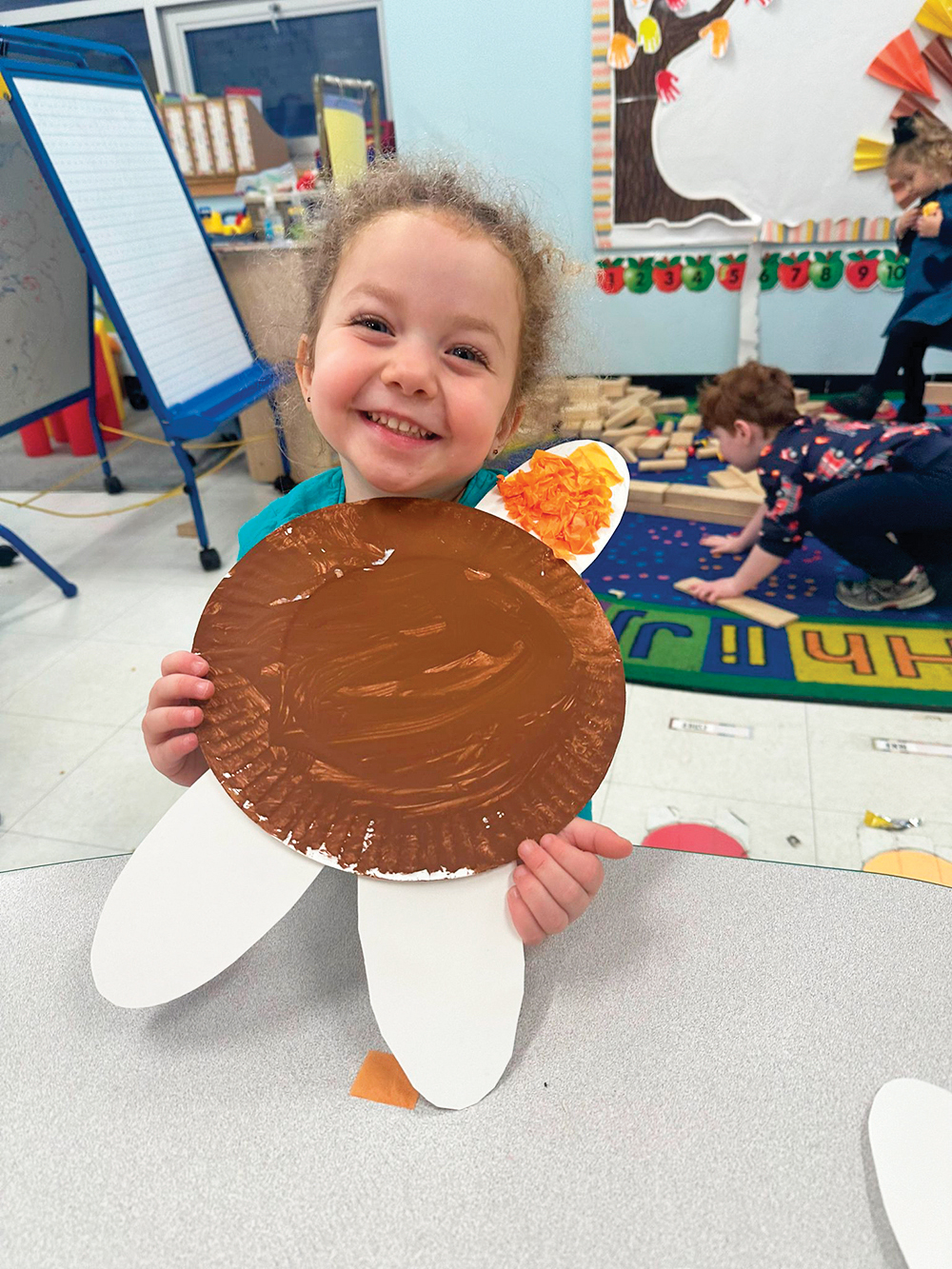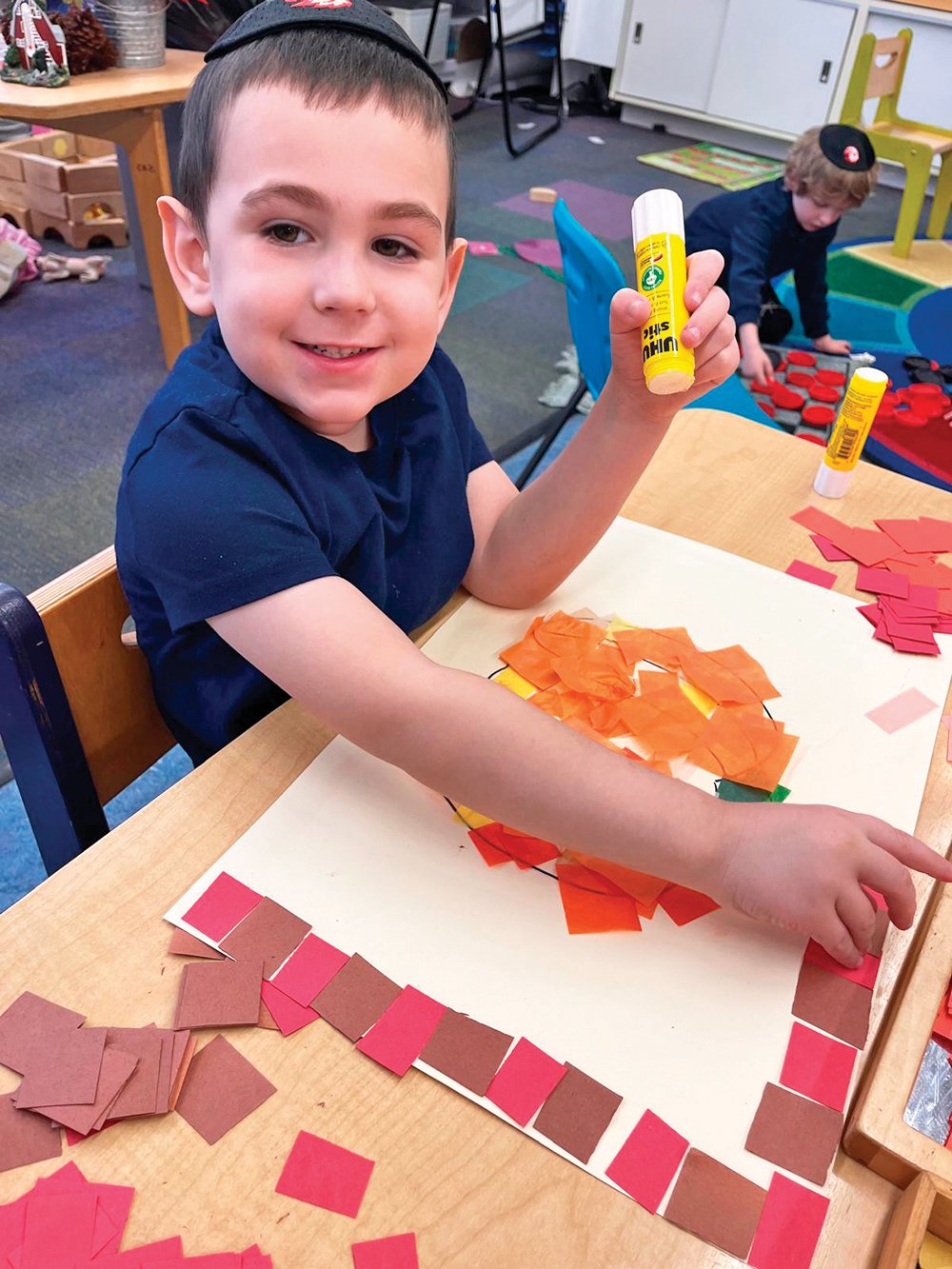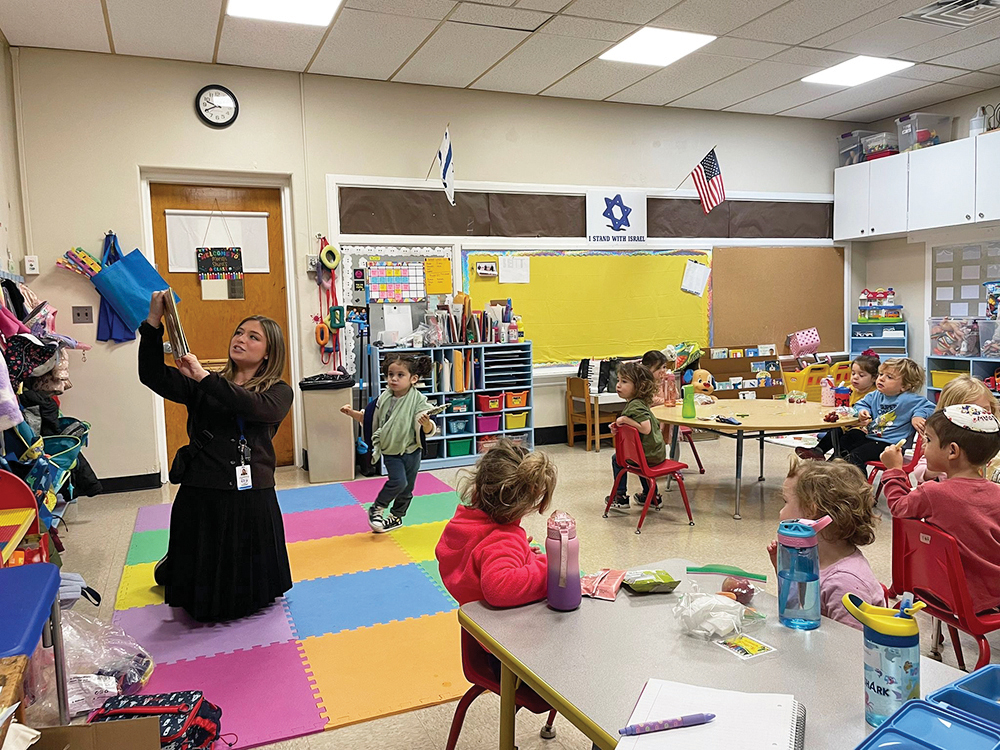The divergent Halachic practices of the three major groups of Jews, Sepharadim, Ashkenazim and Teimonim, emerge to a great extent from differing Halachic traditions.
The Sephardic Tradition
Sepharadim, as is well-known, accept the Shulchan Aruch as their primary halachic authority. Rav Yosef Karo composed this sefer in 1563 due to the need to solidify Halachic practice in the wake of the upheaval caused by the dispersion of Spanish Jews throughout the Mediterranean basin after their 1492 expulsion from Spain. Before 1492, communities followed their local customs. However, post-1492, differing communities were brought together, creating a need to unify Jewish practice.
Rav Yosef Karo, as he writes in his Beit Yosef’s introduction, achieved this unity by convening a “Bet Din” of the three greatest Rishonim: the Rif, the Rambam and the Rosh. The Shulchan Aruch decides Halacha based on the majority of these three, unless a majority of the Rishonim disagree or if it runs counter to widely accepted custom.
Rav Karo often cites the Rashba’s rulings in the Shulchan Aruch. He ranks fourth among the Rishonim who most impacted this great work.
Sephardic Jews warmly embraced the Shulchan Aruch’s authority, which strongly continues today. There are differing traditions amongst Sephardic groups regarding how to implement the Shulchan Aruch. These distinctions sometimes lead to divergent practices, but overall, all Sepharadim follow the Shulchan Aruch.
Various Sephardic groups occasionally maintain customs contrary to the Shulchan Aruch. The Chida (a major 18th-century authority) typically notes the differences, but they constitute a small minority of cases. Many Sephardic customs that diverge from the Shulchan Aruch stem from the Ari, z”l. Rav Ovadia Yosef, zt”l especially (though not universally) reinforced Rav Yosef Karo’s authority amongst Sepharadim. Sephardic Jews refer to Rav Karo as Maran, our master, and Ashkenazic Jews call him the Mechaber, the author.
The Ashkenazic Tradition
Rav Moshe Isseles, known as the Rema, was the major Ashkenazic Halachic authority living in Cracow when Rav Karo composed the Shulchan Aruch. The Rema, it turns out, was writing a similar work to Rav Karo. However, the Rema was enthralled when the Shulchan Aruch made its way to Cracow. He boldly buried his manuscript, choosing instead to write glosses to the Shulchan Aruch reflecting Ashkenazic practice.
In his glosses, the Rema devotes much attention to the later Ashkenazic Rishonim, who greatly impacted Ashkenazic practice. The three most prominent among the authorities he quotes are the Maharil (TABC Talmid Gavi Kilimnick is a proud descendant), the Terumat HaDeshen and the Mahari Bruna.
The Rema, nobly placing Rav Karo’s work ahead of his own, unified Am Yisrael. Sephardic and Ashkenazic Jews learn the same prime halachic sefer but follow different portions of the book. Sephardic Jews are thus aware of Ashkenazic practice and vice versa. Ashkenazic Jews sometimes serve as rabbis of Sephardic congregations, and Sephardic Jews occasionally lead Ashkenazic kehillot. This can happen because both groups are raised to be aware of the others’ practices.
Had the Rema stayed his original course, we would not have a work that unified our people. The Rema’s heroic self-sacrifice maintained us as one nation.
The Shulchan Aruch with the Rema had many commentaries. The Shach, Taz, Magen Avraham and Vilna Gaon are the most prominent amongst the Ashkenazim. The Pri Chadash, Erech Hashulchan, Rav Yehuda Aiash and the Chida are amongst the great Sephardic commentaries. These great 17th and 18th-century authorities often disagreed with the Shulchan Aruch.
In the 19th century, various codes emerged to decide which opinions should be followed, often reflecting local customs. Ashkenazic Jews embraced the Chayei Adam/Chochmat Adam, Mishna Berura and Aruch Hashulchan as their major codifiers. Sephardic Jews view the Ben Ish Chai and the Kaf HaChaim as major halachic decision-makers. Chabad adherents embrace the Shulchan Aruch HaRav of Rav Shenuer Zalman of Liadi as their codifier.
These codes were composed just in time for the 20th century’s dramatic technological and social changes. Poskim of the past hundred years are tasked with applying these codes to the new realities introduced in the modern world. The ongoing ease of the leading poskim’s applying the ancient texts to breakthrough changes is a continuing marvel, nay, miracle, of contemporary Torah life.
The Yemenite Tradition
Yemenite Jews have long harbored a great loyalty to the Rambam. However, a great debate emerged among Yemenite Jews as to whether to maintain fidelity to the Rambam even after the Shulchan Aruch was accepted as authoritative by all other Eastern Jews.
Baladi Yemenites remain staunch Rambam followers. The Shami group of Yemenites follows the Rambam. For example, Shami Jews recite Borei Peri HaGofan (the blessing on wine, as Yemenite Jews pronounce it) on only the first and third kosot (cups) at the Seder, following the Shulchan Aruch and Baladi Jews say the bracha on each kos, in the Rambam’s footsteps.
Conclusion: The Diversity Continues
The process of divergent views continues in the modern era. Various groups follow different major rabbinical leaders regarding contemporary Halachic issues. Non-Chassidic North American Ashkenazim tend to view Rav Moshe Feinstein as most authoritative, Israeli poskim accord greater weight to the Chazon Ish and Rav Elyashiv, and most Sephardic Jews regard Rav Ovadia Yosef as their primary posek.
Despite all the nuanced differences, all mainstream Orthodox Jews maintain the same Halacha. What unites us is dramatically greater than what divides us. The Shulchan Aruch with the Rema glosses remains our guiding light today, as much as ever, which binds us as unified servants of Hashem. While separated into different tribes, we remain a cohesive people devoted to Avodat Hashem and His holy Torah.
Rabbi Jachter serves as the rav of Congregation Shaarei Orah, rebbe at Torah Academy of Bergen County, and a get administrator with the Beth Din of Elizabeth. Rabbi Jachter’s 17 books may be purchased at Amazon and Judaica House.



